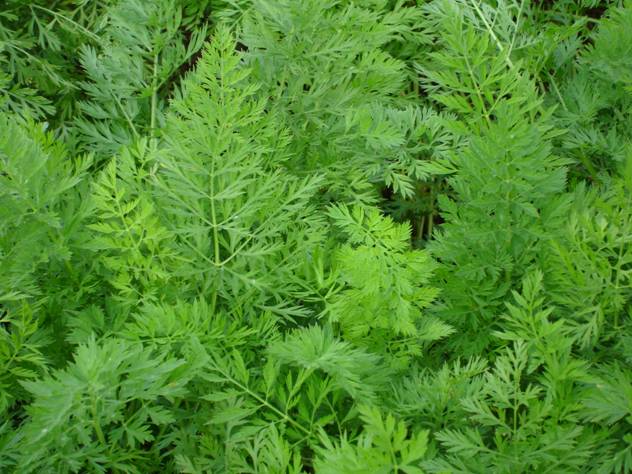
Starting in early June, the BASF and ADAS sponsored Sclerotinia monitoring system aims to help carrot growers assess their disease risk and so plan an effective control programme. Weekly results will be available to growers and advisors on the Carrot Sclerotinia Monitoring link on www.agriCentre.basf.co.uk .
Dr. Peter Gladders from ADAS Boxworth explains how the monitoring works. "The Sclerotinia pathogen survives in the soil as resting bodies or sclerotia, which can remain viable for up to ten years and which germinate when conditions are favourable. This is when soil is moist and temperatures are between 5°C-25°C, with optimum temperatures being 15°C-25°C. The fungus then invades diseased, senescing or decaying leaves, particularly those in contact with moist soils. Roots are infected via the leaf petioles and through the crown."
The Sclerotinia monitoring system gauges the germination pattern of sclerotia and monitors germination weekly throughout June to August. As sclerotia provide the source of infection within the carrot crop, this indicates the extent of the Sclerotinia risk and the need for fungicide treatment. "Growers should keep checking the published information on the web and be ready to take action," Dr. Gladders explains.
Sclerotinia has become a much more widespread and serious disease in many crops including carrots, rape, brassicas, peas and beans. "As a consequence, carrot growers are starting their programmes earlier and using more robust fungicides right from the start. It is particularly important to get the first fungicide spray on early before the foliage has a chance to close over and starts to senesce. Once the disease is in the crop it is almost impossible to get rid of it."
Robert Storer, Field Vegetable Product Manager for BASF agrees that timing and application is key to the successful control of Sclerotinia in carrots. "As Signum is a protectant fungicide, it needs to be placed at the base of the plant where the infection starts. Sclerotinia spreads when the old leaves come into contact with the ground and the closed canopy also creates a microclimate favourable to further disease development. The first Signum spray should be applied before the crop has closed over completely and the ground is still visible."
"Fully approved in carrots, Signum provides broad disease control of Sclerotinia, Alternaria, Powdery Mildew and Liquorice Rot, all of which affect both yield and quality. Sclerotinia has become more widespread and troublesome in carrots, causing rotting of roots and foliage. Alternaria can also cause economic damage if allowed to develop in warm and wet conditions and Powdery Mildew can be a problem in drier conditions."
"Signum has been shown to outperform most competitors in carrot trials. In ADAS trials its use resulted in 58% control of Sclerotinia, compared with 5% for azoxystrobin and 28% for tebuconazole. In Alternaria trials where the untreated had 55% leaf infection, Signum also gave the highest level of control, reducing infection levels to 19%, with azoxystrobin bringing infection down to just 30% and tebuconazole to 28%. Where Powdery Mildew was the target disease, the untreated suffered 62% infection but Signum reduced this to just 3%, compared with both azoxystrobin and difenconazole resulting in 10% infection," says Rob Storer.
Background Notes – A protectant and systemic fungicide, Signum contains 267g/kg boscalid and 67g/kg pyraclostrobin, formulated as a water dispersible granule. It is recommended in carrots as a protectant spray or at the first signs of disease for the control of Sclerotinia, Alternaria and Powdery Mildew at a dose rate of 0.75 to 1 kg/ha in 200-900 litres of water. Two applications can be made to the crop. It is subject to LERAP B and has a harvest interval of 14 days in carrots. It should be alternated in a programme with other fungicides with an alternative mode of action as part of an anti-resistance strategy.
